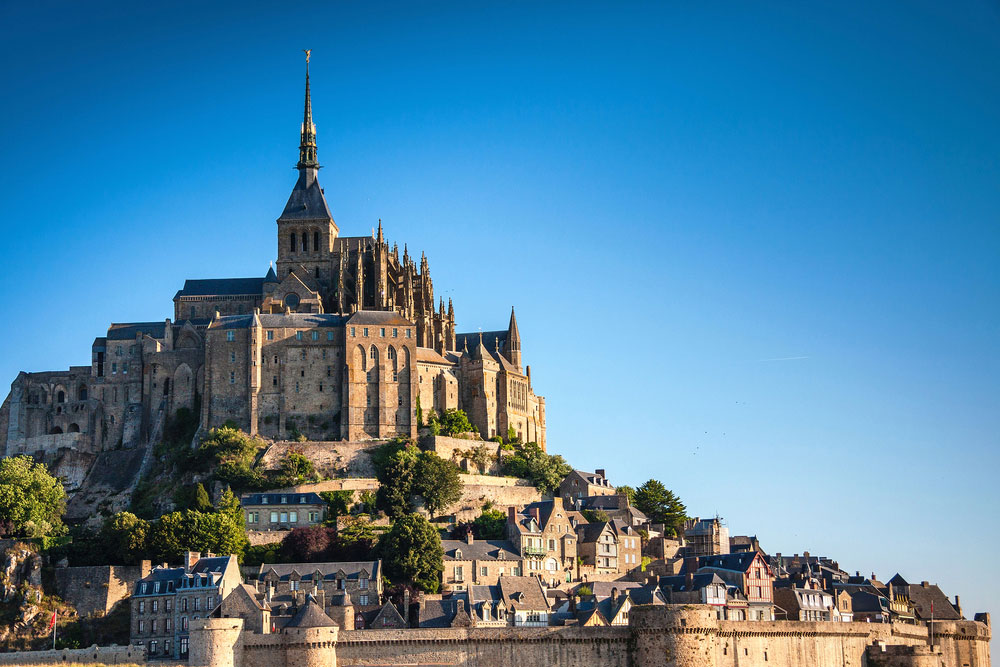France, a country renowned for its timeless beauty, holds a treasure trove of historical attractions waiting to be discovered. In this comprehensive guide, we will embark on a journey through the annals of time, exploring 15 captivating historical attractions in France. Historical Attractions in France, from majestic castles to ancient ruins, each destination offers a glimpse into the rich tapestry of French history. So, pack your bags and get ready to uncover the enchanting world of historical places in France.
Historical Attractions in France
France, often referred to as the “Hexagon” due to its distinctive shape, boasts a history that spans millennia. Historical Attractions in France, with its picturesque landscapes and charming towns, it’s easy to see why this country has been a magnet for history enthusiasts. Our exploration of historical attractions in France will take you from the northern regions to the sun-soaked south, offering a diverse range of experiences.
Medieval Marvels
Château de Chambord
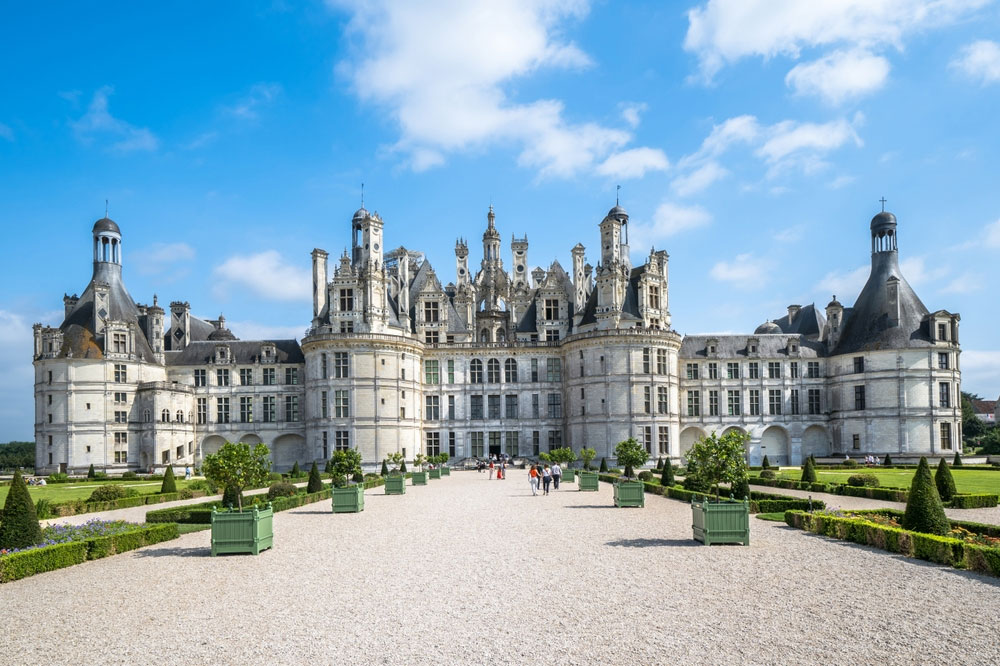
Château de Chambord
The Château de Chambord in France, a majestic testament to Renaissance architecture, stands as an iconic symbol of France’s artistic and cultural legacy. Historical Attractions in France, this magnificent château, situated amidst lush forests and meandering waterways, captures the imagination with its grandeur and intricate design. Check our guide 15 BEST PLACES TO VISIT IN FRANCE and plan for your visit.
Architectural Marvel: Chambord is a remarkable blend of Gothic and Renaissance architecture. Historical Attractions in France, it was constructed in the early 16th century under the guidance of King François I, who sought to create a hunting lodge that would rival any royal residence in Europe.
Distinctive Features: The château is renowned for its distinctive double-helix staircase, believed to have been designed by Leonardo da Vinci himself. Historical Attractions in France, this architectural masterpiece allows two people to ascend and descend the stairs simultaneously without crossing paths. See our guide BEST PLACES TO VISIT IN FRANCE OUTSIDE OF PARIS for a quick guidance for planning.
Intricate Details: Chambord’s façade is adorned with intricate stone carvings, ornate towers, and a forest of spires. The rooftop terrace provides panoramic views of the surrounding countryside and the grand central courtyard.
Mont Saint-Michel
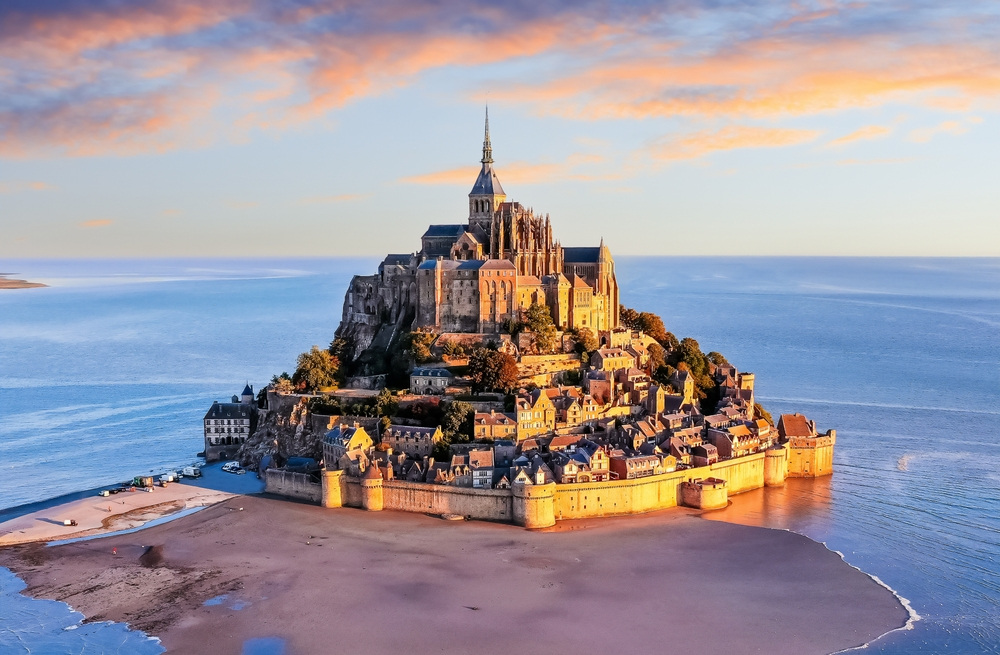
Mont Saint-Michel
Mont Saint-Michel, often referred to as the “Wonder of the Western World,” is a stunning island commune located off the coast of Normandy, France. This iconic medieval abbey, perched atop a rocky hill, has a rich history, breathtaking architecture, and a unique charm that has captivated visitors for centuries. Don’t miss our guide of COOL PLACES IN FRANCE TO VISIT the and plan your trip with us.
Architectural Gem: The architectural marvel of Mont Saint-Michel is characterized by its Gothic-style abbey church, towering spires, and defensive walls. Historical Attractions in France, the abbey’s construction began in the 8th century and continued over several centuries, resulting in a stunning blend of architectural styles.
Tidal Island: One of the most remarkable features of Mont Saint-Michel is its tidal nature. The island is surrounded by vast mudflats at low tide and becomes almost completely isolated at high tide. Historical Attractions in France, this natural spectacle adds to the island’s allure.
Historical Significance: Mont Saint-Michel has a rich history, serving as a strategic fortress, pilgrimage site, and a center of religious scholarship during the Middle Ages. It was also a place of refuge for artists, intellectuals, and religious figures.
Ancient Wonders
Arena of Nîmes
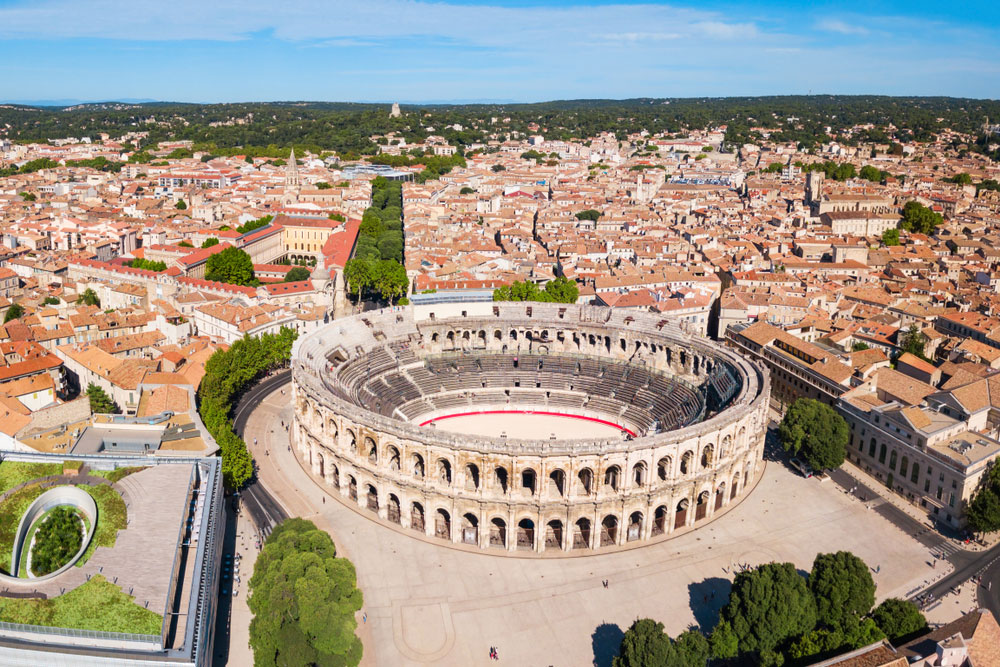
Arena of Nîmes
The Arena of Nîmes, also known as the Nîmes Arena, is a remarkable Roman amphitheater situated in the heart of Nîmes, a picturesque city in the Occitanie region of France. This well-preserved ancient structure is not only a testament to Roman engineering but also a vibrant venue for various events and cultural experiences. Here’s a full guide in PLACES TO VISIT IN THE SOUTH OF FRANCE and see for yourself how to properly plan for your trip.
Roman Heritage: Built in the 1st century AD, during the reign of Emperor Augustus, the Arena of Nîmes is a prime example of Roman architecture and amphitheater design. It could accommodate up to 24,000 spectators and was primarily used for gladiatorial contests and other public spectacles.
Architectural Splendor: The amphitheater’s elliptical shape, grand arches, and tiered seating are indicative of Roman design principles. The two-tiered façade with its 60 arches is an awe-inspiring sight, showcasing the craftsmanship of the time.
Historical Significance: Throughout its history, the Arena has served various purposes, from hosting gladiator battles to medieval jousting tournaments. It even served as a fortress during the Middle Ages and has played a role in the city’s history.
Pont du Gard
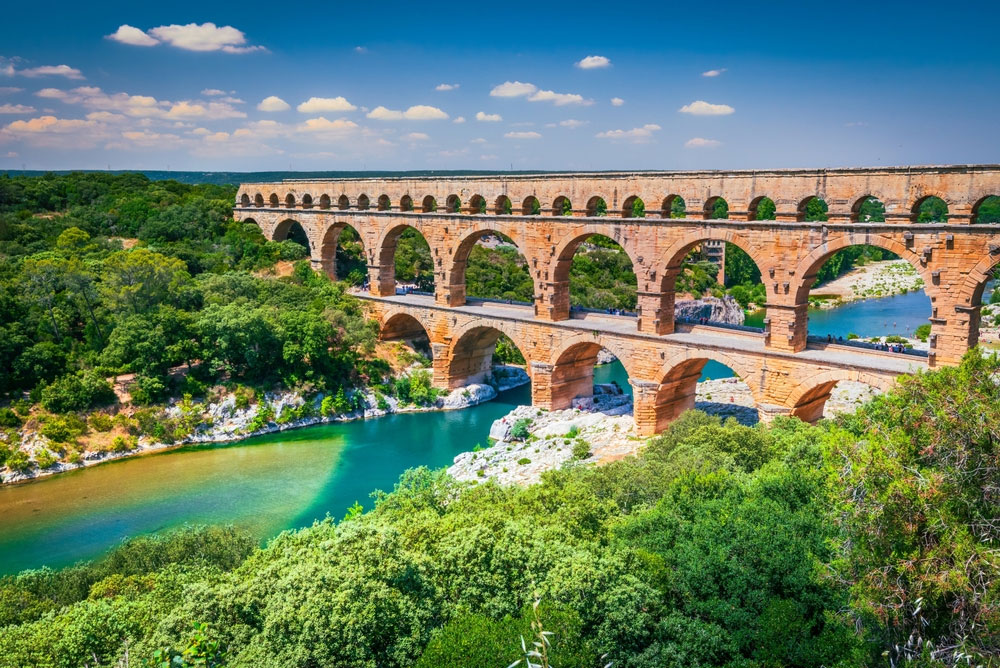
Pont du Gard
The Pont du Gard, an awe-inspiring Roman aqueduct bridge, is nestled in the picturesque landscape of southern France, near the town of Vers-Pont-du-Gard. This UNESCO World Heritage Site not only showcases exceptional engineering but also serves as a window into the ingenuity of ancient Rome.
Aqueduct Purpose: Built in the 1st century AD during the Roman Empire, the Pont du Gard was a crucial component of the aqueduct system that supplied water to the city of Nemausus (modern-day Nîmes). It spanned the Gardon River and ensured a reliable water supply to the city.
Architectural Excellence: The bridge’s design is a marvel of Roman engineering, consisting of three tiers of arches. The lowest tier spans the river, while the upper tiers served as the aqueduct channel. The precision of its construction is a testament to the craftsmanship of the time.
Unprecedented Achievement: The Pont du Gard stands as one of the tallest Roman aqueduct bridges ever built, with a height of approximately 160 feet (49 meters) and a length of over 900 feet (275 meters). Its survival over the centuries is a testament to its enduring structural integrity.
Royal Residences
Palace of Versailles
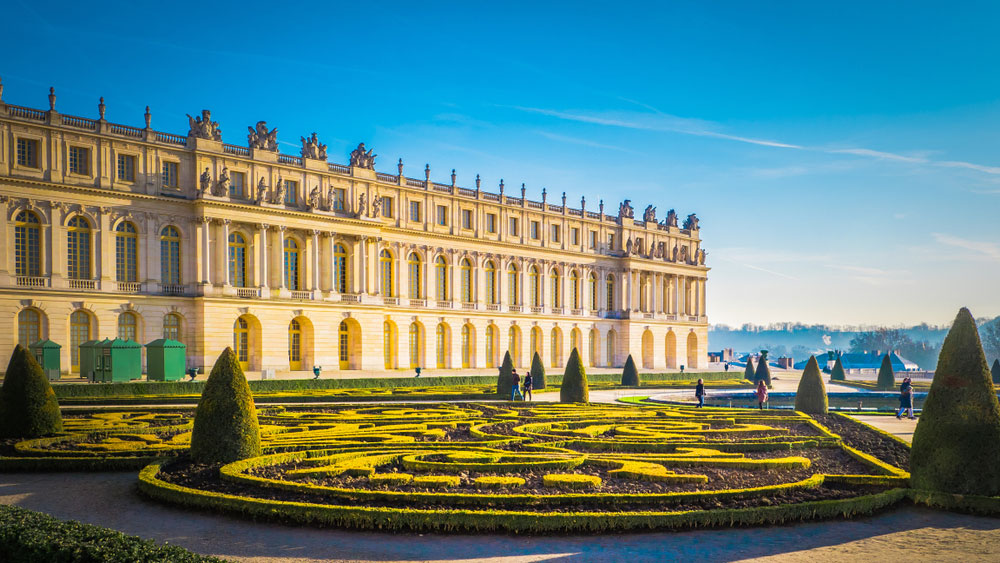
Palace of Versailles
The Palace of Versailles, located in the city of Versailles, just southwest of Paris, is an iconic symbol of France’s royal history and artistic achievement. This magnificent palace, with its grand architecture and stunning gardens, is a testament to the opulence and power of the French monarchy.
Historical Significance: Originally a hunting lodge for King Louis XIII, Versailles was transformed into a grand palace by his son, King Louis XIV, in the 17th century. It became the principal royal residence and the epicenter of political and cultural life in France.
Architectural Splendor: The palace boasts a harmonious blend of Baroque and Classical architectural styles. Its façade is adorned with ornate details, including sculptures, gilded balconies, and intricately designed windows.
Hall of Mirrors (Galerie des Glaces): One of the most famous features of Versailles is the Hall of Mirrors, a breathtaking gallery with 357 mirrors, crystal chandeliers, and grand windows overlooking the palace gardens. It was the setting for significant historical events, including the signing of the Treaty of Versailles in 1919.
Château de Chenonceau
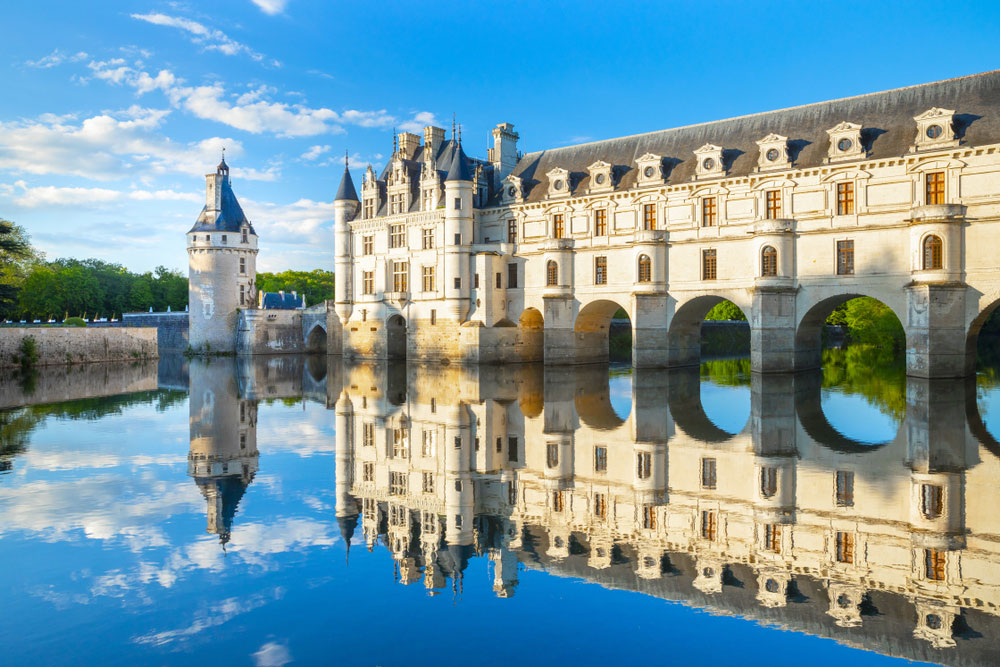
Château de Chenonceau
The Château de Chenonceau, often referred to as the “Ladies’ Castle,” is a captivating masterpiece of Renaissance architecture situated in the picturesque Loire Valley of France. This exquisite castle, known for its stunning design and rich history, has earned its place as one of the most beloved châteaux in the region.
Architectural Splendor: Chenonceau is celebrated for its harmonious blend of late Gothic and early Renaissance architecture. The château elegantly spans the Cher River with its graceful arches, creating a captivating reflection on the water below.
Remarkable Gallery: One of the most iconic features of Chenonceau is its gallery that stretches across the river, known as the “Gallery of the Five Queens.” It was named after the five remarkable women who played a significant role in the château’s history.
Catherine de’ Medici’s Influence: Catherine de’ Medici, one of the château’s notable owners, left her indelible mark by commissioning the construction of the gallery. Historical Attractions in France, her lavish parties and gatherings here became legendary in the 16th century.
Gardens and Grounds: Chenonceau is surrounded by meticulously manicured gardens, including the Catherine de’ Medici Garden and Diane de Poitiers Garden. Historical Attractions in France, these gardens showcase the art of landscape design from different eras.
Enigmatic Ruins
Carnac Stones
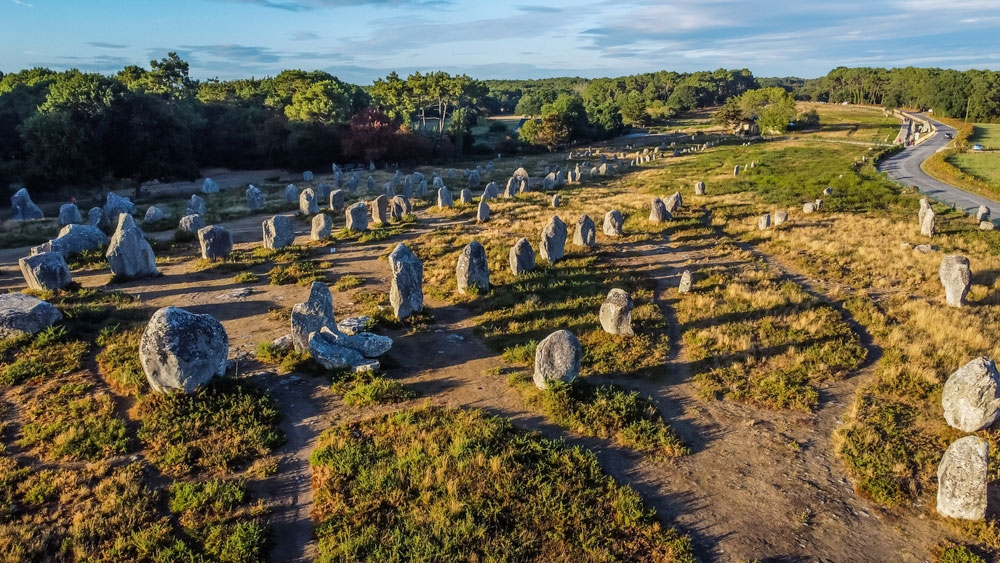
Carnac Stones
The Carnac Stones, located in the picturesque region of Brittany in northwestern France, are an intriguing and ancient collection of megalithic monuments. This vast site is shrouded in mystery and has captivated archaeologists, historians, and curious visitors for centuries.
A Megalithic Wonder: The Carnac Stones consist of thousands of upright standing stones, or menhirs, arranged in various alignments and patterns. Historical Attractions in France, they are believed to date back to the Neolithic period, with some estimates suggesting their construction began around 4500 BCE.
Alignment Patterns: One of the most astonishing features of the Carnac Stones is their precise alignment. The stones are arranged in rows, forming long alleys that stretch across the landscape. Historical Attractions in France, some of the most famous alignments include the Kermario Alignments and the Menec Alignments.
Purpose and Mystery: The purpose of the Carnac Stones remains a subject of debate and intrigue. Some theories suggest they were markers for celestial events, while others propose religious or ceremonial significance. The true purpose may never be fully understood.
Vaison-la-Romaine
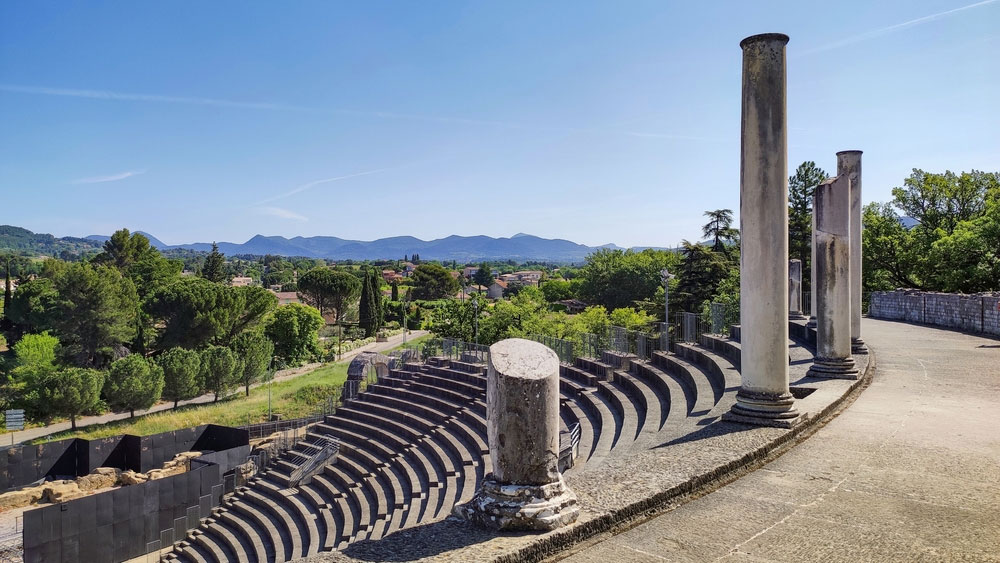
Vaison-la-Romaine
Vaison-la-Romaine, nestled in the picturesque region of Provence in southeastern France, is a town that beautifully blends ancient Roman heritage with the allure of a typical Provençal village. Stepping into Vaison-la-Romaine is like taking a journey through time and experiencing the rich tapestry of French history.
Roman Origins: The town’s history dates back to Roman times, when it was known as “Vasio Vocontiorum.” Remnants of this ancient past can still be seen today in the form of impressive Roman ruins.
Roman Ruins: Vaison-la-Romaine boasts an exceptional archaeological site known as “Puymin,” where you can explore the remarkably well-preserved Roman ruins. Walk through the ancient streets, admire the intricate mosaic floors, and imagine life during the Roman era.
Medieval Old Town: Beyond its Roman heritage, Vaison-la-Romaine features a charming medieval old town known as the “Haute Ville.” Meandering through its narrow cobblestone streets, you’ll encounter quaint squares, charming cafes, and centuries-old buildings.
The Legacy of War
Omaha Beach
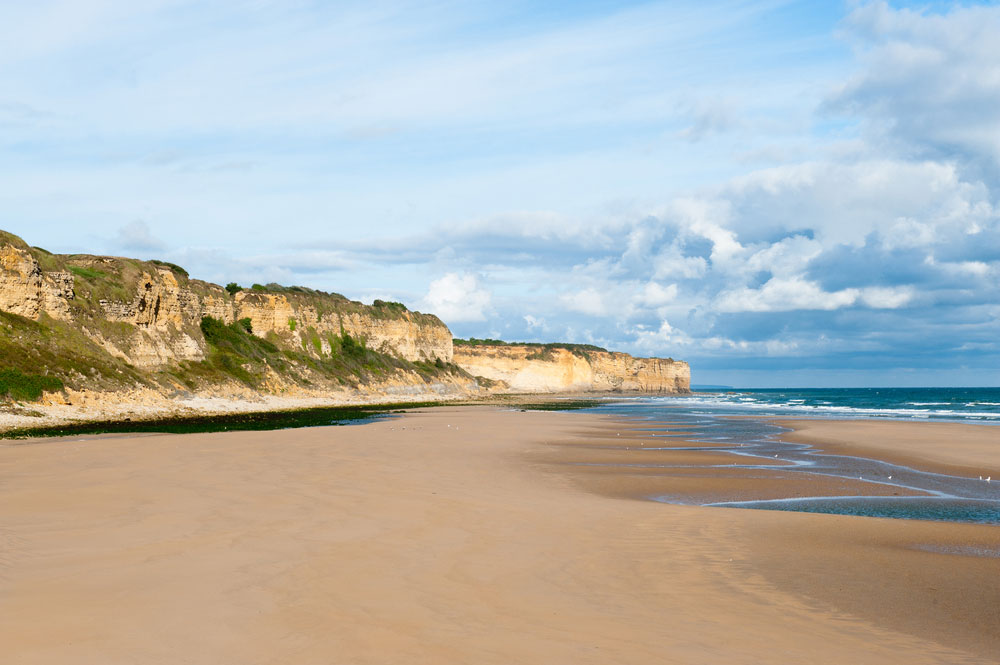
Omaha Beach
Pay homage to the heroes of World War II at Omaha Beach. The Normandy American Cemetery and Memorial stand as solemn reminders of the sacrifices made during the D-Day landings.
Oradour-sur-Glane
The haunting village of Oradour-sur-Glane serves as a somber memorial to the atrocities of war. It remains frozen in time, preserving the memory of its inhabitants.
Ecclesiastical Elegance
Chartres Cathedral
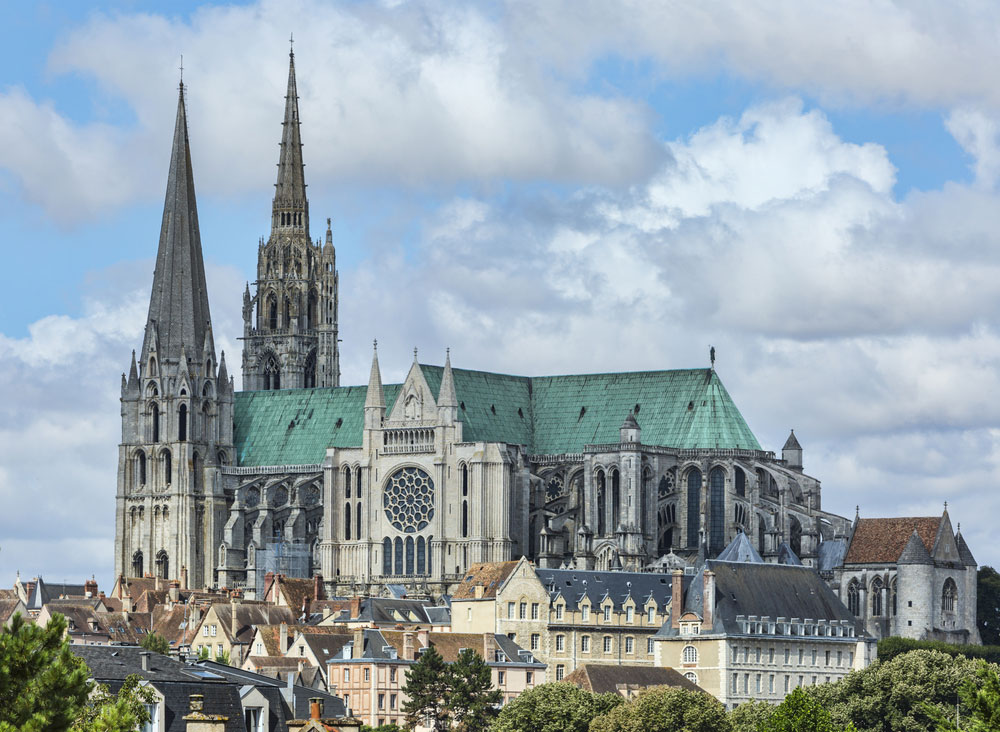
Chartres Cathedral
Chartres Cathedral is a masterpiece of Gothic architecture, renowned for its stunning stained glass windows and labyrinth. It is a spiritual and artistic wonder.
Sainte-Chapelle
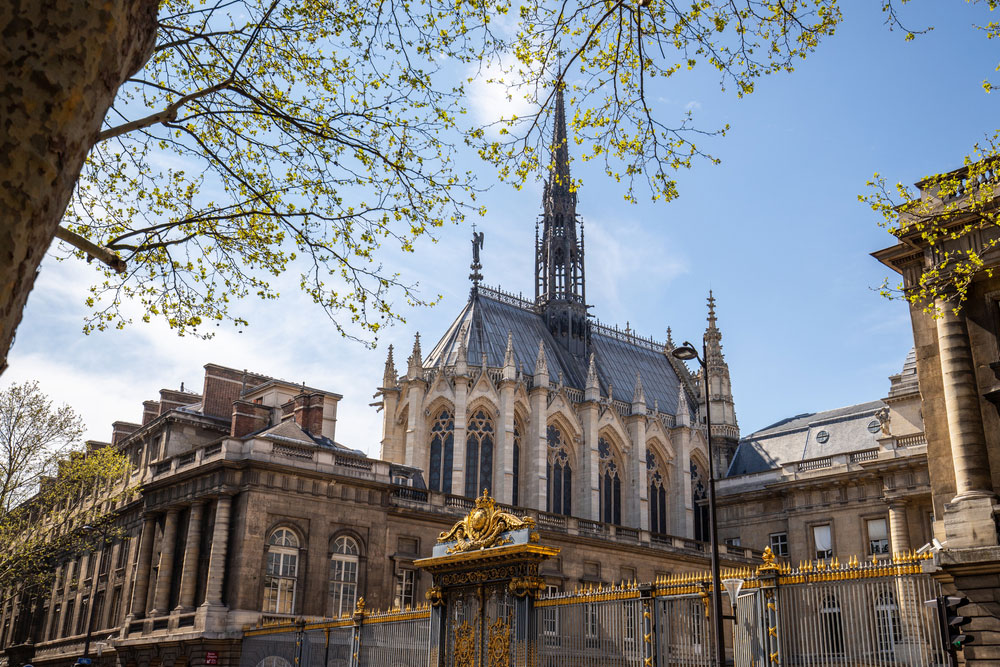
Sainte-Chapelle
Sainte-Chapelle, nestled within the medieval Palais de la Cité in Paris, is a marvel of Gothic design. Its radiant stained glass windows depict biblical stories in vivid colors.
Mystical Monuments
Lascaux Caves
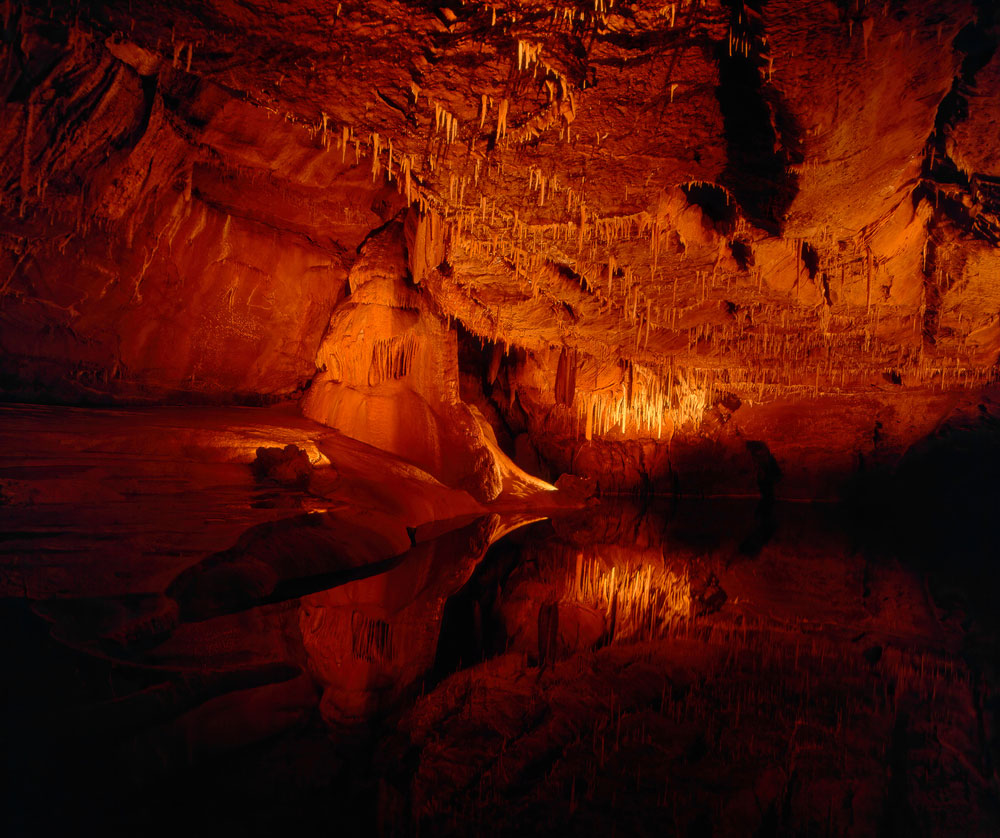
Lascaux Caves
Delve into prehistoric art at the Lascaux Caves, where ancient paintings provide a glimpse into the lives of our distant ancestors.
Montségur Castle

Montségur Castle
Montségur Castle, perched atop a rocky peak in the Pyrenees, has a tumultuous history linked to the Cathar heresy. Explore its ruins and soak in the panoramic views.
Conclusion
As we conclude our journey through these 15 historical attractions in France, we hope you’ve been inspired to explore the rich tapestry of the past. From medieval marvels to enigmatic ruins, each site offers a unique window into France’s fascinating history. So, pack your curiosity and embark on an adventure that will leave you with cherished memories and a deeper appreciation for the heritage of France
People Also Ask :
What is the most beautiful part of France?
Beauty is subjective, but regions like Provence, the French Riviera, and the Loire Valley are often considered beautiful.
Which part of France should I visit?
It depends on your interests. Paris, Provence, the French Riviera, and Normandy are popular choices.
What is France's number 1 tourist attraction?
The Eiffel Tower in Paris is one of France's top tourist attractions.
Where can I go besides Paris?
You can explore regions like Provence, the French Riviera, Loire Valley, Normandy, Alsace, and many more in France.
Plan your trip with ontravelx and get ready for a journey full of breathtaking sights and priceless memories.
Kindly visit:
- Official Website of France
- Explore the official website of France to learn more about the country’s culture, tourism, and government.
- France on Wikipedia
- Wikipedia’s page on France provides in-depth information about the country’s history, geography, and more.
- Visit Paris
- Discover the official tourism website of Paris, the capital city of France, and plan your trip to the City of Light.
- Louvre Museum
- Explore the world-famous Louvre Museum’s official website to learn about its collections, exhibitions, and history.


